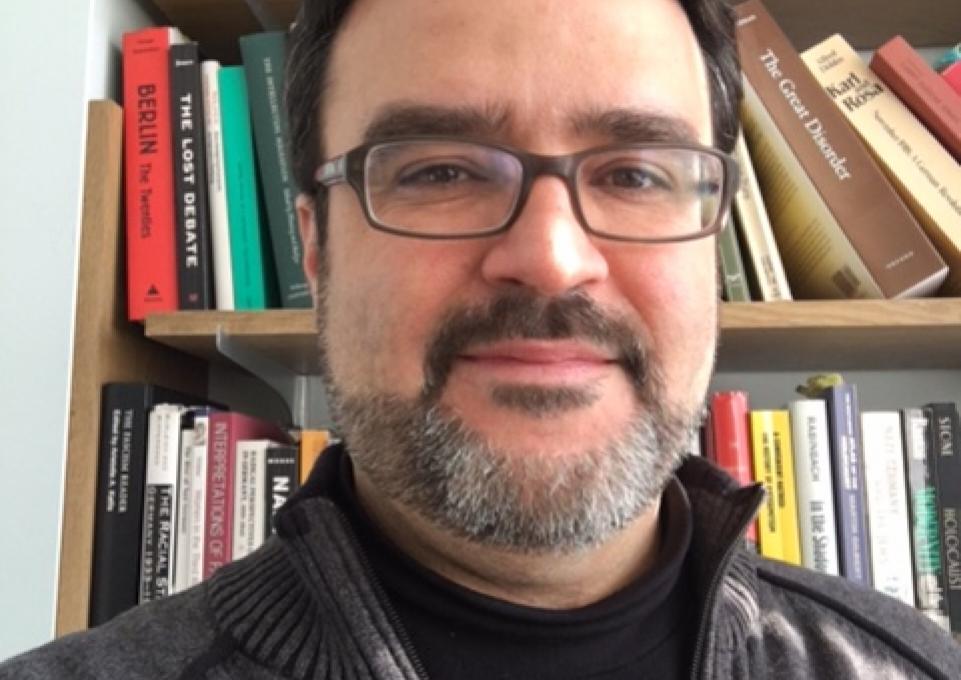
John Abromeit, associate professor of history and social studies education, is an intellectual historian; he studies the history of ideas. One such idea is populism, a widely used term that is hard to define.
“Populism as we understand it today emerged in the nineteenth century along with democracy,” said Abromeit. “It was the new idea that ‘the people’ should be the real rulers. The question becomes one of defining who ‘the people’ are, and how to appeal to them to obtain the mass support necessary to win an election.”
President Donald Trump is a beneficiary of a right-wing populist movement, the Tea Party, which has embraced him. Bernie Sanders was championed by the left’s populist movement, which also supported the Occupy Wall Street movement.
Typically, populism involves the mobilization of a society’s lower classes driven by either left- or right-wing ideas. The boundaries between left and right-wing populism sometimes become blurry. “For example, in France, many voters who support the right-wing National Front formerly supported the French Communist Party.” said Abromeit. His recent article, “Critical Theory and the Persistence of Right-Wing Populism,” draws upon theories of earlier right-wing populist movements in Europe and the U.S. to explain the more recent success of the Tea Party and Trump.
Populism tends to distinguish between “the people” and so-called “enemies of the people.” For Trump, the enemies during the presidential campaign were Muslims, undocumented workers, and the political establishment; Sanders and Occupy Wall Street identified Wall Street and the one percent. However, said Abromeit, “Right-wing populism tends to emphasize leaders and be vague about policy. The left tends to emphasize policy over personality.”
A relatively common feature of populist movements is the effort by entrenched elites to manipulate them. During the late nineteenth century in Europe, the traditional ruling class appealed to ethno-nationalism in an effort to gain popular support. “That doesn’t work as well in the U.S.,” Abromeit said, “because we’re more diverse than European countries, and because there is a stigma associated with overt appeals to racism.” However, Trump’s attacks on immigrants and Muslims may carry a similar emotional appeal.
One important source of contemporary right-wing populism in the U.S., Abromeit believes, is the Democratic Party’s failure to offer a critique of neoliberalism, which favors free-market capitalism. “Bill Clinton promoted free trade even more than Reagan did,” he said. “As the Dems moved toward the political center, they moved away from trade unions and their traditional working-class constituents. As a result, Republicans—our traditional free-trade party—moved further to the right on cultural issues. But then Trump set himself apart during the primaries by breaking with Republican orthodoxy, which traditionally supported free trade. Instead, he spoke directly to workers in critical Midwest states like Ohio, Pennsylvania, Michigan, and Wisconsin and promised more protectionism—a kind of economic nationalism. And it paid off.”
The facts that wages in America have been stagnant since the 1970s, and wealth has been transferred upward, also contribute to recent populist movements on both the right and the left.
This increase in inequality and poverty has created a lot of anger. “Going forward,” Abromeit said, “the question is whether right- or left-wing populists will be more successful in harnessing that anger for their own, very different political aims.”
Transformations of Populism in Europe and the Americas, edited by Buffalo State history and social studies education faculty members Abromeit, Bridget Maria Chesterton, associate professor; York Norman, associate professor; and Gary Marotta, history professor emeritus, is available online as an e-book. It will be published in paperback in May 2017.

